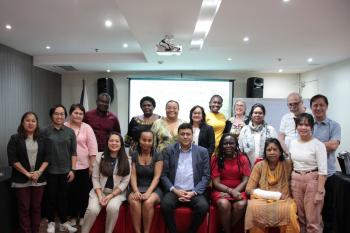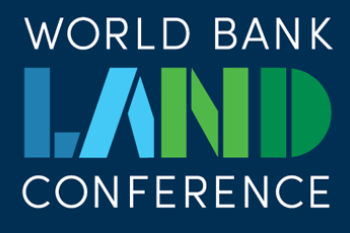
Using tablets for data collection, another leap for GLTN
A team of 18 eager community members and staff from Xavier Science Foundation Inc. (XSF) and the municipalities of Talakag and Pangantukan in the Philippines participated in a two-day training on GeoODK application for data collection using tablets. The training was conducted by UN-Habitat and GLTN staff. The participants carried out simulation exercises where they interviewed actual households to assess their versatility in using the tool. The simulation exercises allowed the team to exchange views and reflect on implementation and planning for the data collection exercise. One of the team members, Joy, an area coordinator from Talakag municipality said ‘it is always important for enumerators to give each household a brief background of the project and the purpose of conducting the data collection exercise’. In addition, Joy noted ‘during the simulation exercise, respondents in some households were hesitant to answer certain questions so it important to emphasize that the information being collected would remain confidential and would not be used for personal gains and benefits.’ As the training went on, the teams’ excitement grew because they noted that the tool enabled the capture of additional information including visual data. It also made the mapping and enumeration process efficient and sustainable by reducing printing costs and doing away with production of materials such as questionnaires. Melvin, one of the enumerators from Pangantukan municipality was quick to say ‘I know I will enjoy doing this. However, I need to familiarize myself with the questions and the tool to avoid confusion. But all in all, it is worth it.’ The GeoODK app is integrated into the STDM tool as a free application for Android smartphone devices for electronic data capture which makes it more efficient than the traditional pen and paper method. This innovative method of data collection was quickly taken up and appreciated by the participants. Melvin, in appreciation said, ‘despite many challenges encountered in using the tablet tool, the activity was worth it. There is a sense of fulfillment whenever I finished interviewing one household and it makes me feel happy that this will be my future work.’ During the training, the participants experienced some difficulties which is expected when working with new technology. The UN-Habitat and GLTN technical staff will continue to enhance the STDM tool, refine the process, improve documentation and offer further training to make the tool more user friendly for easy adoption and implementation in various countries and by GLTN partners. The training served as a follow-up to yet another training on the use and application of STDM with local partners Asian NGO Coalition for Agrarian Reform and Rural Development (ANGOC) and Xavier Science Foundation, Inc (XSF).


